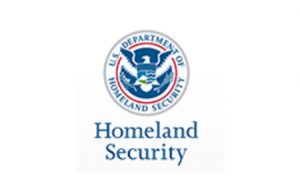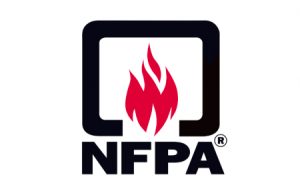CFATS
The Chemical Facility Anti-Terrorism Standards (CFATS) program identifies and regulates high-risk chemical facilities to ensure they have security measures in place to reduce the risks associated with these chemicals.
Initially authorized by Congress in 2007, the program uses a dynamic multi-tiered risk assessment process and requires facilities identified as high-risk to meet and maintain performance-based security standards appropriate to the facilities and the risks they pose. DHS chemical security inspectors work in all 50 states to help ensure facilities have security measures in place to meet CFATS requirements.
On December 18, 2014, the President signed into law the Protecting and Securing Chemical Facilities from Terrorist Attacks Act of 2014 (“the CFATS Act of 2014”), which recodifies and reauthorizes the CFATS program for four years.
On October 1, 2016, the requirement to submit Top-Screens was reinstated. Chemical facilities of interest that have not previously submitted a Top-Screen, but which have come into possession of reportable amounts of COI, must submit a Top-Screen within 60 days.
If your facility received a notice of a preauthorization inspection, it could be a sign of weaknesses in your submitted plan. Please consider SDS as a third party to assist you in preparing for the pre-authorization inspection.
NFPA
NFPA (National Fire Protection Association) is a global, nonprofit organization, founded in 1896, devoted to eliminating death, injury, property and economic loss due to fire, electrical and related hazards. The association delivers information and knowledge through more than 300 consensus codes and standards, research, training, education, outreach and advocacy; and by partnering with others who share an interest in furthering the NFPA mission. All NFPA codes and standards can be viewed online for free. Whether you’re a journalist in print, television, radio or new media, NFPA’s Public Affairs office can help you find the information you’re looking for.
NFPA provides guidelines which are often adopted by states and integrated into their local fire codes to ensure that new construction and building renovations meet construction standards that assure the safety of personnel utilizing the structures.
SDS can ensure that your security equipment meets those standards focusing especially on “means of egress”. We can provide diagrams to interface locking systems to fire alarm systems and for electro-mechanical locks to meet safety requirements.
CEPTED
Crime prevention through environmental design (CPTED) is a multi-disciplinary approach to deterring criminal behavior through environmental design. CPTED strategies rely upon the ability to influence offender decisions that precede criminal acts. Generally speaking, most implementations of CPTED occur solely within the urbanized, built environment. Specifically altering the physical design of the communities in which humans reside and congregate in order to deter criminal activity is the main goal of CPTED. CPTED principles of design affect elements of the built environment ranging from the small-scale (such as the strategic use of shrubbery and other vegetation) to the overarching, including building form of an entire urban neighborhood and the amount of opportunity for “eyes on the street”.
SDS applies CEPTED principles in all their security system designs. Our recommendations include building alterations that will reduce the cost of your security systems and meet the CEPTED guidelines. These design recommendations can also reduce fear of and incidence of crime, and an improvement in the quality of life for your employees and visitors.





